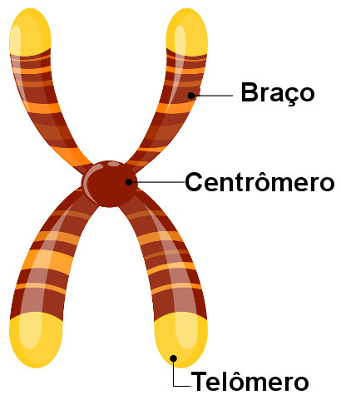Pleurisy is a disease that occurs in the pleura, the membrane that surrounds the lungs, characterized by irritation and inflammation, which may be caused by the presence of viruses or bacteria. Pleurisy can originate fluids in the pleural cavity, being classified as liquid pleurisy; or it may present only inflammation, being classified as dry pleurisy.
It develops through problems that have already arisen in the lungs, rheumatic problems, chest trauma, clots in the lungs, cancer, kidney, liver and pancreas problems, by weakness in the immune system and by some cancers. The main symptoms of the disease are: chest pain that can reach shoulder height, fever, pain when breathing, coughing and sneezing (which can last from one to two weeks).
Once the symptoms have been identified, the individual should seek medical advice and, if he really sees the possibility of the existence of the disease, you should undergo tests such as chest x-ray, computed tomography or chest ultrasound. It is also possible to detect the disease through pleural biopsy.
Treatment for inflammation is based on the causative agent of the disease. If the pleurisy is caused by a virus, there is no use of drugs to eradicate the disease, but its symptoms. If the pleurisy is bacterial, treatment is based on antibiotics to eradicate the agent.
Pleurisy cannot be prevented, but the correct treatment for any problem decreases the chances of triggering the disease.
By Gabriela Cabral


